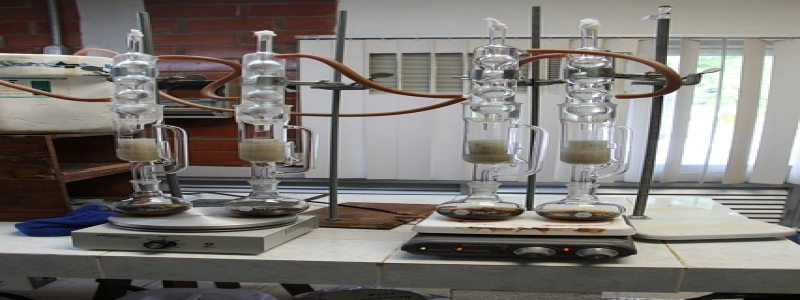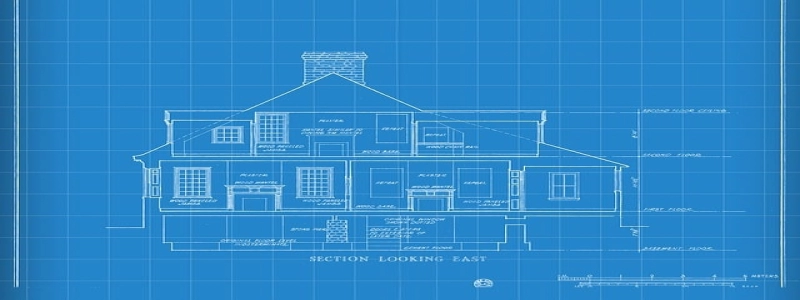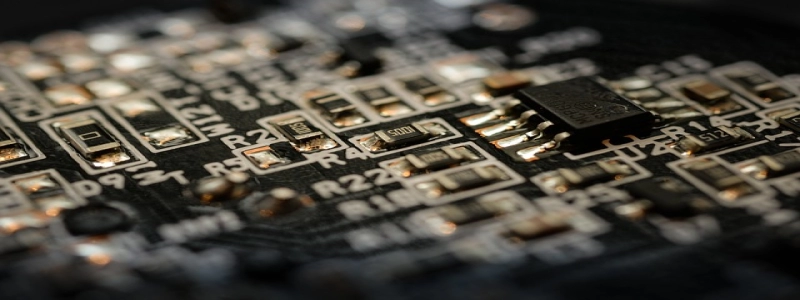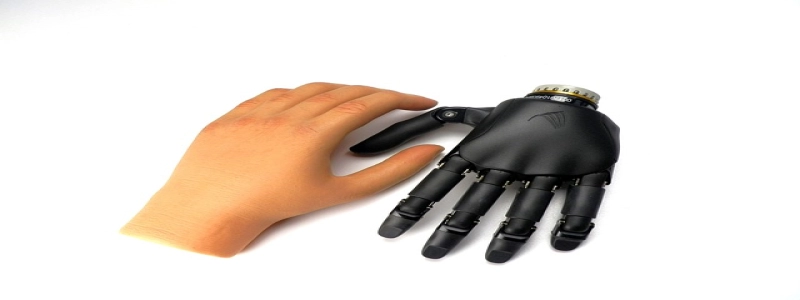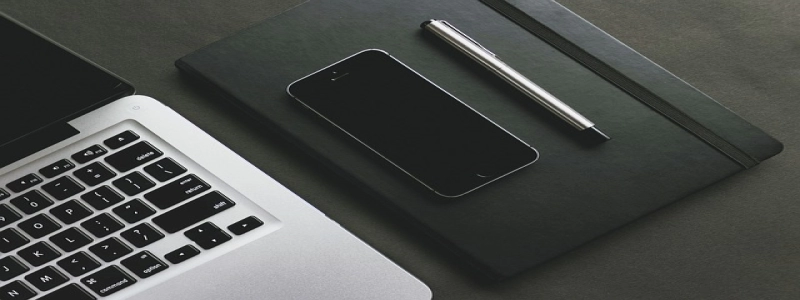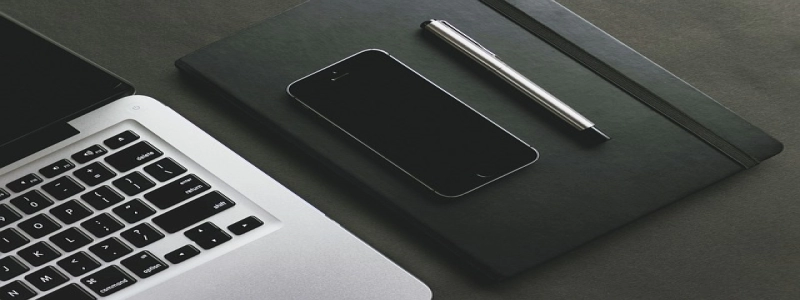How Deep to Bury Ethernet Cable
Introduction:
When it comes to installing Ethernet cable for your network, burying the cable underground is often a preferred and aesthetically pleasing option. However, it is crucial to consider the correct depth at which to bury the Ethernet cable to protect it from potential damage and ensure reliable connectivity. In this article, we will discuss the appropriate depth for burying Ethernet cable and provide detailed guidelines for different scenarios.
I. Residential Installations:
When burying Ethernet cable in residential environments, it is generally recommended to bury it at a depth of at least 18 inches (45 cm) below the ground surface. This depth provides sufficient protection from accidental hits during gardening or landscaping activities, as well as protection against potential animal disturbances.
II. Commercial and Industrial Installations:
In commercial or industrial environments, where the risk of accidental cable damage may be higher, it is advised to bury Ethernet cable at a greater depth. The recommended depth for these installations is typically 24 inches (60 cm) below the ground surface. This deeper burial depth offers additional protection against heavy machinery, construction activities, and potential cable disturbance.
III. Areas with Extreme Climate Conditions:
In regions where extreme climate conditions, such as frost and freezing temperatures, are common, it is essential to consider the impact on buried Ethernet cables. To protect against potential damage caused by frost or freezing, the Ethernet cable should be buried at a depth of 30 inches (75 cm) or more. This increased depth ensures that the cable remains unaffected by temperature fluctuations and prevents any disruption in network connectivity.
IV. Additional Considerations:
1. In areas with rocky or hard soil, it may be necessary to dig slightly deeper than the recommended depths to ensure proper cable protection.
2. When running Ethernet cable underneath driveways or other similar structures, it is crucial to bury the cable at a depth of at least 24 inches (60 cm) and use additional protective conduit for added resilience against heavy loads.
3. It is recommended to use outdoor-rated Ethernet cables when burying them underground. These cables are specifically designed to withstand environmental factors such as moisture, UV exposure, and temperature fluctuations.
Conclusion:
Burying Ethernet cable underground is a reliable and aesthetically pleasing way to connect network devices, but it requires careful consideration of the burial depth. By following the guidelines provided in this article, you can ensure the protection and longevity of your Ethernet cable installation. Whether it is a residential, commercial, or industrial setting, burying Ethernet cable at the appropriate depth is crucial for maintaining a robust and dependable network connection.
